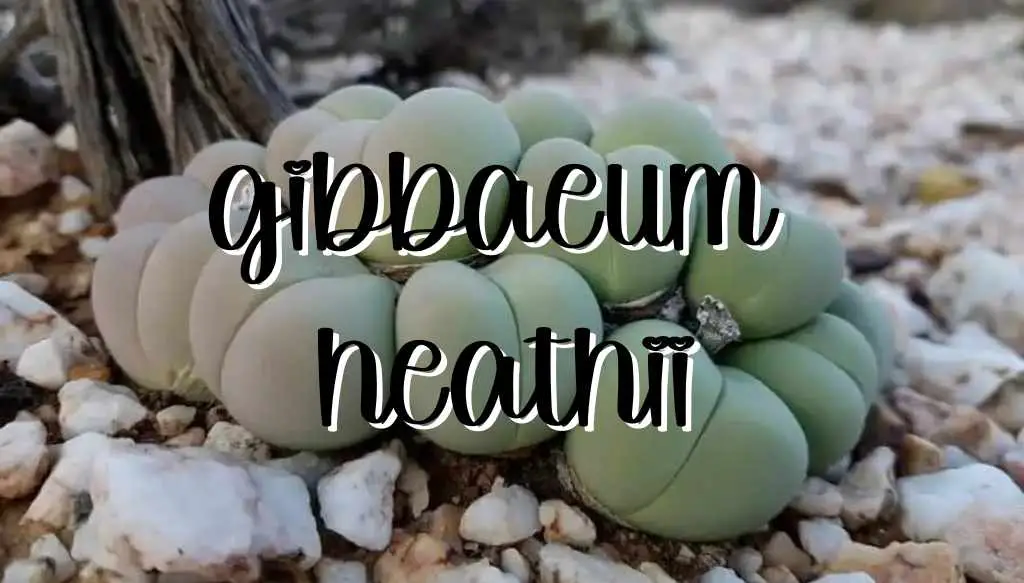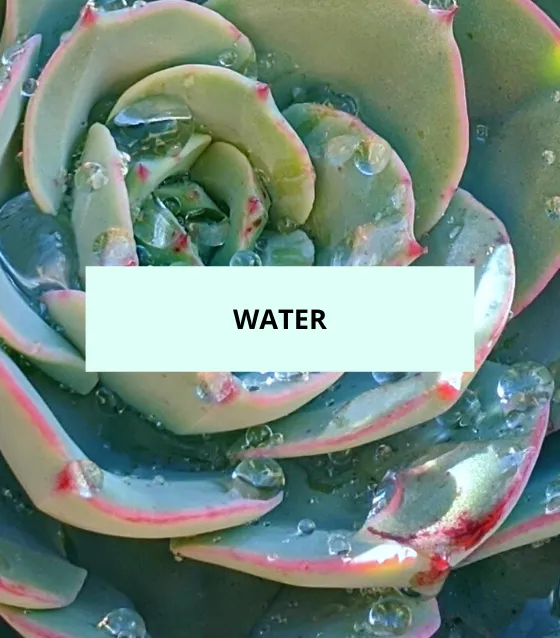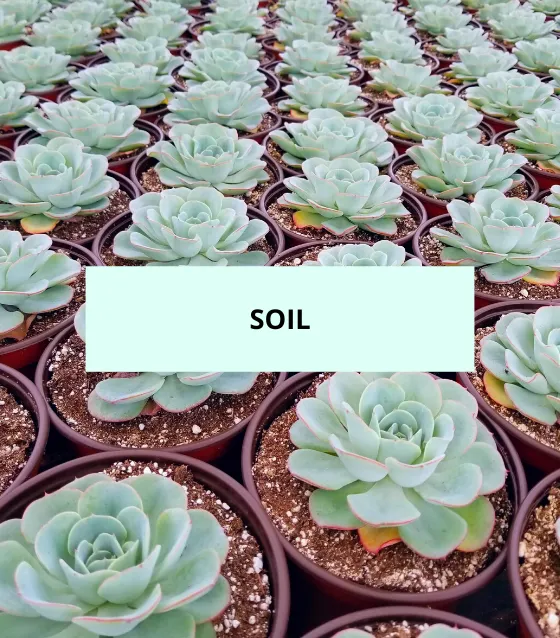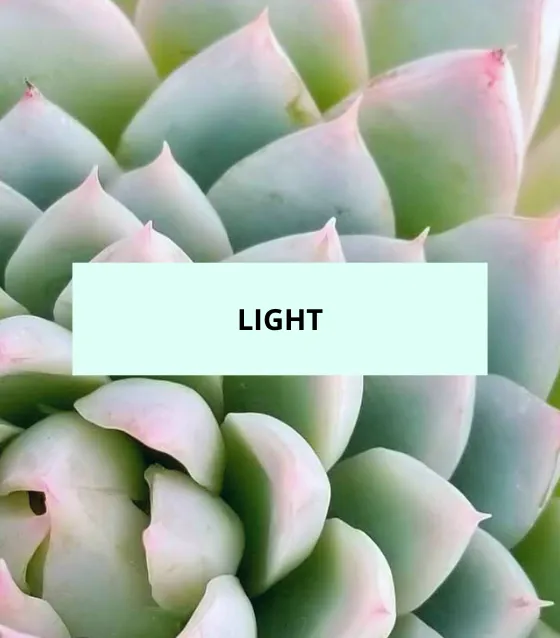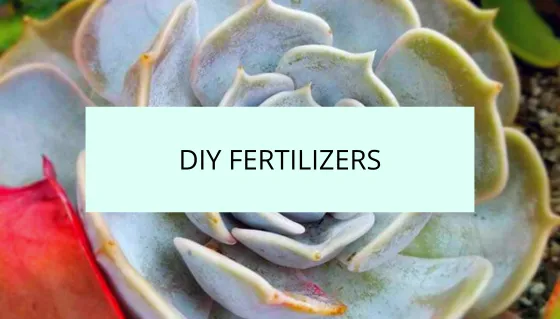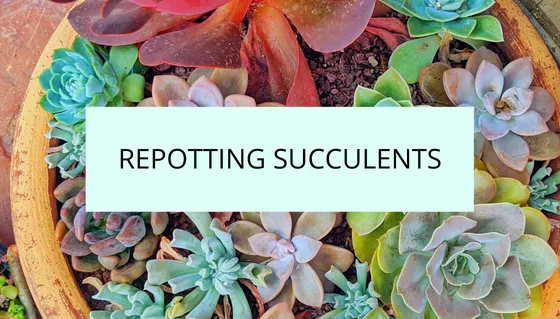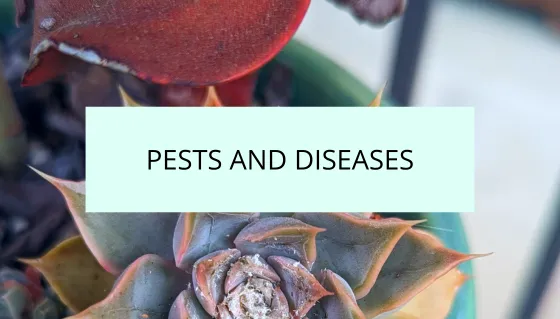In the fascinating world of succulents, where unique and captivating plant species thrive, Gibbaeum heathii stands out as a true gem. Succulent enthusiasts, like yourself, already appreciate the beauty and resilience of these plants, but let’s delve deeper into the world of Gibbaeum heathii. In this article, we will explore its common names, appearance, growth habits, flowering details, potential toxicity, and propagation methods. Get ready to be captivated by this remarkable succulent.

Dig in!
Appearance and Growth Patterns
A Master of Camouflage
Gibbaeum heathii has evolved to blend seamlessly with its rocky surroundings. Its small, compact rosette-shaped clusters of leaves resemble pebbles or stones, making it a master of camouflage. These leaves are typically blue-green or grayish-green in color, adding to the illusion of stones.

Compact and Petite
In terms of size, Gibbaeum heathii remains relatively small compared to other succulents. It typically reaches a height of only 2 to 4 inches (5 to 10 cm) and a width of about 3 to 6 inches (8 to 15 cm). This petite stature makes it an ideal choice for succulent gardens, rock gardens, or container gardening.
Flowers and Blooming Season
Bursting with Color
While the leaves of Gibbaeum heathii draw admiration year-round, it also produces vibrant flowers during the blooming season. The flowers, which appear at the center of the rosette, showcase a striking range of colors, including shades of yellow, orange, and red. These colorful blooms add a delightful contrast to the plant’s stony appearance.

Timing is Everything
Gibbaeum heathii typically blooms in late winter to early spring, brightening up your garden when many other plants are still in their dormant phase. The exact timing may vary depending on the local climate and growing conditions. Be sure to keep an eye out for these charming blossoms during their blooming season.
Toxicity
Gibbaeum heathii is not known to be toxic to cats, dogs, or humans. This makes it a safe choice for households with furry friends or little explorers.

Gibbaeum heathii Propagation Methods
Expanding your collection of Gibbaeum heathii or sharing this lovely succulent with friends is a rewarding endeavor. There are a few methods you can use for propagation:
- Offsets:
- As Gibbaeum heathii matures, it may produce offsets or “pups.”
- Carefully separate these offsets and plant them in their pots or garden spots.
- Seeds:
- For those who enjoy a longer but rewarding process, Gibbaeum heathii can be grown from seeds.
- Sow the seeds in a well-draining soil mix and keep them moist until germination occurs.
Gibbaeum heathii, with its stone-like appearance, vibrant blooms, and non-toxic nature, is undoubtedly a prized addition to any succulent collection. As a succulent enthusiast, you already appreciate the unique charm of these plants, and Gibbaeum heathii delivers that charm in abundance. Whether you’re looking to expand your collection or simply want to revel in the wonder of this captivating succulent, Gibbaeum heathii is sure to impress.

